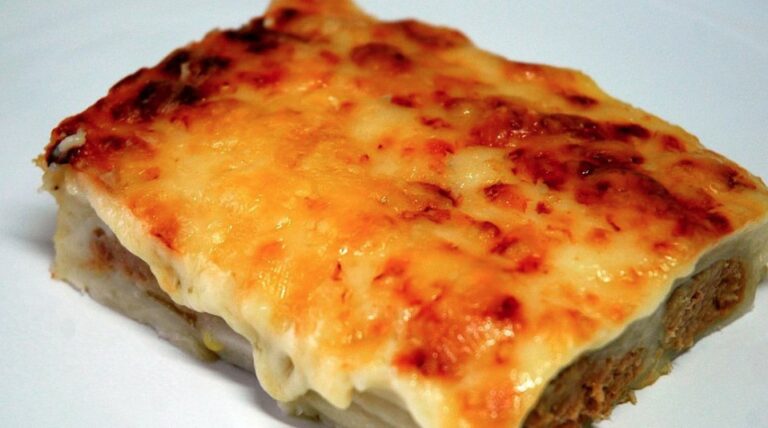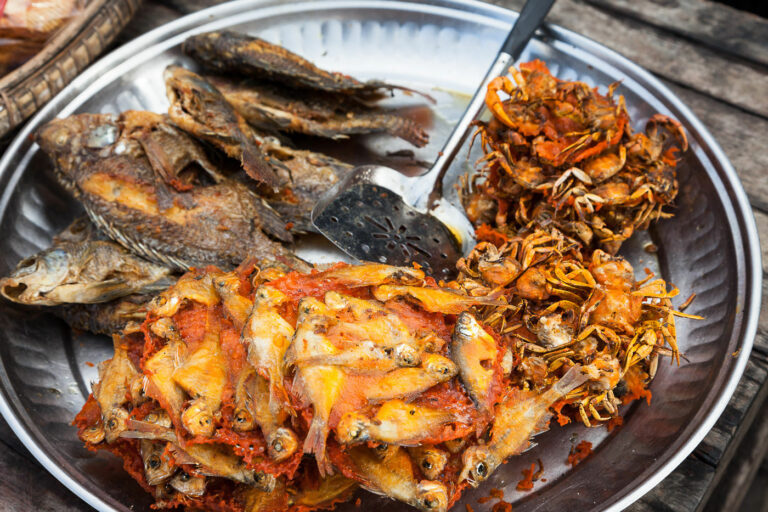Introduction: Andorra’s Seafood Scene
Andorra, nestled in the Pyrenees Mountains between France and Spain, may not be the first place you think of when it comes to seafood. However, due to its proximity to the Mediterranean Sea, Andorra has a surprisingly diverse seafood scene, with dishes reflecting both Catalan and Spanish influences. Whether you’re a seafood lover or a curious traveler, there’s something for everyone to discover in Andorra’s seafood cuisine.
Bacallà amb samfaina: A Local Favorite
Bacallà amb samfaina, a dish of cod with a vegetable sauce, is a staple of Andorran cuisine. The dish is made by first soaking the salted cod to remove excess salt, then pan-frying it and serving it with a sauce made from sautéed onions, peppers, and tomatoes. This hearty and flavorful dish is a go-to comfort food for both locals and visitors.
Escudella de Peix: A Hearty Stew
Escudella de peix, or fish stew, is another popular Andorran dish. The stew is made with a variety of seafood such as monkfish, mussels, and prawns, as well as vegetables like potatoes, carrots, and onions. It is traditionally served with a side of aioli, a garlic mayonnaise that adds a bold flavor to the dish. Escudella de peix is a hearty and satisfying meal that is perfect for chilly mountain nights.
Lobster and Prawn Paella: A Spanish Influence
Paella may be a Spanish dish, but it has made its way to Andorra’s seafood scene. Lobster and prawn paella is a luxurious twist on the classic dish, made with saffron-infused rice, fresh seafood, and vegetables. The dish is often served family-style, making it perfect for sharing with loved ones or fellow travelers.
Grilled Octopus with Aioli: A Mediterranean Touch
Grilled octopus with aioli is a dish that showcases the Mediterranean influence on Andorran cuisine. The octopus is marinated in olive oil, lemon juice, and garlic before being grilled to perfection. It is served with a side of aioli, adding a creamy and savory touch to the dish. This flavorful yet simple dish is a must-try for seafood fans.
Seafood Fideuà: The Catalan Cousin of Paella
Fideuà is a dish that hails from Catalonia, the region of Spain that Andorra shares its culture with. It is similar to paella but uses short pasta noodles instead of rice. Seafood fideuà is a popular variation that features a mix of fresh seafood like prawns, mussels, and squid. The noodles are cooked in a savory broth with saffron and other spices, creating a dish that is both aromatic and delicious.
Trout with Almonds: A Mountain Delicacy
Trout with almonds is a dish that highlights Andorra’s natural resources. The trout is caught in mountain streams and is served pan-fried with a sauce made from toasted almonds, garlic, and parsley. This dish is often accompanied by roasted vegetables like potatoes and carrots, making it a wholesome and satisfying meal.
Seafood Tapas: A Sampling of Andorra’s Seafood Offerings
If you’re not sure what seafood dish to try in Andorra, why not sample a variety of tapas dishes? Seafood tapas are small plates that allow you to try a little bit of everything. Popular options include fried calamari, grilled prawns, and marinated anchovies. This is a great way to get a taste of Andorra’s seafood scene and discover new favorites.





